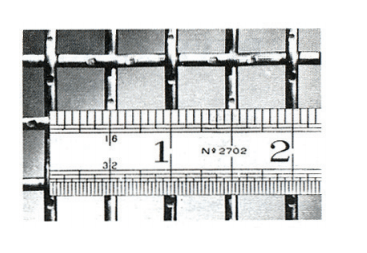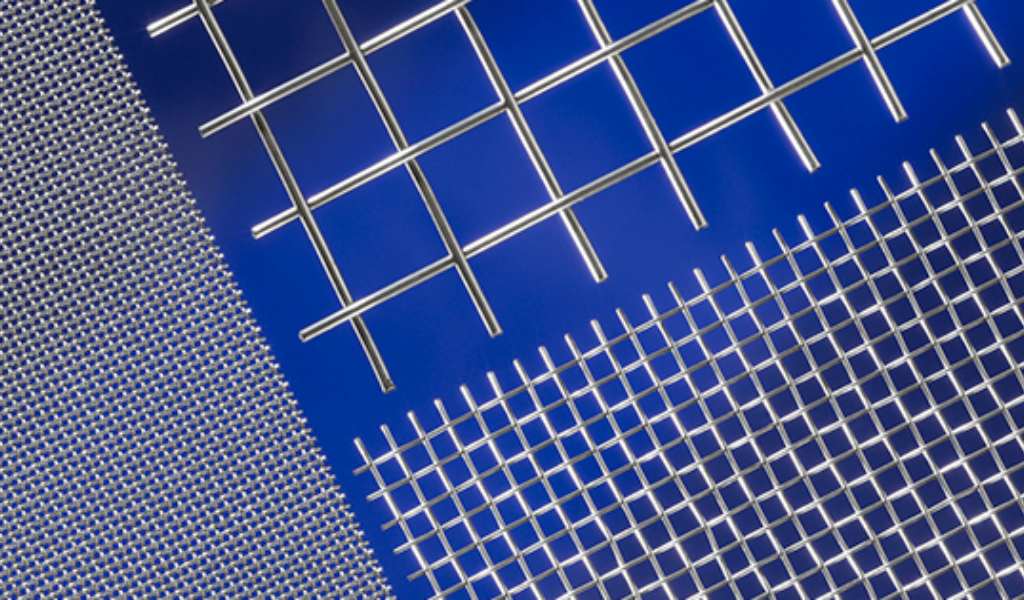Woven Wire Mesh Count: How To Achieve Peak Performance
Woven wire mesh is a versatile material that provides optimal screening, filtering, and protective performance to countless industries. What makes it so widely used is the fact that it allows users to customize virtually every aspect of the weave, creating a tailor-made solution.
The mesh count you choose defines the precision, efficiency, a durability of your woven wire. But what exactly is esh count, and how do you select the right one?
W.S. Tyler has been a prominent woven wire supplier for over 150 years and is here to help you design solutions that drive revenue.
For that reason, we wrote the following article to dissect the importance of woven wire mesh count and what you need to consider when designing your next woven wire solution. You will learn:
- The definition of woven wire mesh count
- How mesh count impacts your woven wire
- What happens when the wrong mesh count is used
- Tips and tricks that will help you select the right mesh count
What Is Mesh Count?

Woven wire mesh count is best defined as the number of pore openings in a linear inch in either the warp (vertical) or weft (horizontal) direction. This means that control just how coarse or fine the weave is.
Note: Higher mesh counts represent weaves on the finer side of the spectrum, with lower mesh counts representing coarser weaves.
To that end, the mesh count also translates to the profile of the pore opening. More specifically, how large the pore openings are, ultimately controlling the performance of the mesh.
How Does Mesh Count Affect the Performance of Woven Wire?
As stated above, the mesh count of your mesh count you use will dictate how large or small the pore openings of the weave are. In other words, mesh count control both the throughput and filtration capacity your mesh can provide.
For example, if you are to use a 325 mesh over a 100 mesh weave, you will find that you are able to filter out more particles. To that end, you will also find that the throughput is not as desirable, and the weave is more suspectable to blinding.
It should also be noted that coarser weaves tend to be more robust than finer weaves. This means that, in most cases, the higher the mesh count, the less durable the weave.
It's because of this that higher mesh counts are associated with longer lead times.
For more information pertaining to woven wire lead times, read the following articles:
- Fabricated Wire Mesh Components: Understanding Lead Times
- What Lead Times To Expect When Purchasing Industrial Woven Wire Mesh
What Are the Consequences of Using the Wrong Mesh Count?
There is no doubt that mesh count is one of the more critical mesh specifications that should be considered when designing the perfect woven wire mesh. Failure to pinpoint a suitable mesh count often results in several operational challenges.
For example, using a mesh count that is too coarse will allow unwanted particles to pass through the mesh. As a result, the quality of the final product is compromised.
Using a mesh count that is too fine, on the other hand, can bottleneck the throughput of your system. This is subsequently accompanied by system backups and a dramatic drop in efficiency.
To that, using too fine of a mesh count can cause undesirable clogging. Remedying this calls for increased maintenance and downtime.
In terms of maintaining the integrity of the mesh, it is important to understand mesh counts' impact on durability. Using a fine mesh count for more intense applications, for example, can cause accelerated wear, leading to frequent breaks.
Read the following article to learn more about the causes of broken woven wire:
How To Select the Right Woven Wire Mesh Count
Selecting the right mesh count to use starts with first identifying the desired function of the woven wire. No one woven wire application is the same, so establishing the purpose your mesh will serve will ensure optimal results.
You should then turn your attention to the size of the particle you want to pass through the mesh as well as the particles you want to filter out. Just remember that the finer the particles being filtered, the larger the mesh count you should use.
Once this is sorted out, you will want to start thinking flow rate. Knowing that the higher the mesh count, the more restricted the flow rate. So, you will need to find that happy medium between filtration capacity and throughput.
You will also want to consider the desired strength, knowing smaller mesh counts tend to be stronger and more durable. So, if things such as extreme temperature variations, longevity, or corrosion resistance are a concern, you will want to select as small of a mesh as your process will allow.
Now, it has been established that larger mesh counts translate to finer mesh openings and better filtration. But they are known to require more frequent maintenance.
Of course, you will always need to consider your budgetary constraints.
Mesh Count vs. Micron Rating: What’s the Difference?
Mesh count defines the number of pore openings in a liner inch and controls how coarse or fine the weave is. Controlling both filtration capacity and throughput, finding the perfect balance between mesh count and cost-effectiveness will determine how successful your operation is.
But mesh count is not the only parameter that you need to know. Micron rating is just as important and is often confused with mesh count.
Thus, it is important to understand both.
Having been in the woven wire business for over 150 years, W.S. Tyler is here to help you understand woven wire fully so you can develop a solution that will redefine your confidence in your operation.
Read the following article to gain a better understanding of mesh count and micron rating differ:
About Ronnie Brown
Ronnie is the Content Writer for W.S. Tyler and has four years of experience as a professional writer. He strives to expand his knowledge on all things particle analysis and woven wire mesh to leverage his exceptional writing and graphic design skills, creating a one-of-a-kind experience for customers.




